Abstract: Webp is a new type of image compression technology based on VP8 encoding. It uses Fancy sampling algorithm and different regions for the same image. Compare the most popular JPEG image formats on the Web to ensure a higher compression ratio while maintaining the same image quality. The PSNR and SSIM are used to compare the Webp and JPEG image compression formats, and the data is compressed and restored. The experimental results show that the Webp image compression format has high practical value.
Key words: Wehp; VP8; JPEG; PSNR; compression ratio; picture quality
Introduction With the increasing demand from consumers and multimedia entertainment, the previous generation of Internet standards and video solutions have been unable to meet the high-speed growth of high-definition video transmission requirements. In this context, the next generation Internet solution for future needs - HTML 5 Web development standards and WebM VP8 video compression format came into being. VP8 encoding has a very high compression ratio and compression quality, and the new image compression format Webp based on VP8 encoding has a higher compression ratio than JPEG images.
1 PSNR and SSIM image quality test standards
1.1 Peak Signal to Noise Ratio PSNR (Peak Signal to Noise Ratio) is a term used to indicate the ratio between the maximum power of a signal and the noise power it affects. It is usually expressed in logarithmic decibels. PSNR is often used as a signal reconstruction measurement in the field of image compression, which is defined by Mean Square Error (MSE). Two M x N monochrome images I and K, if the noise is similar, then their MSE is defined as: 
The peak signal to noise ratio is defined as: ![]()
Where amax=2k-1, k is often taken as 8. Both PSNR and MSE perform statistical and averaging calculations based on pixel gray values, ignoring the influence of images on the human eye, and thus cannot fully reflect the image quality.
1.2 Structural similarity The pixels of an image are related, and this correlation implies the structural information of the image. SSIM (Structural Similarity Index) is an indicator to measure the similarity between two images. The distortion SSIM of the original image block x and the distorted image block y is modeled as a combination of three components of luminance l(x, y), contrast c(x, y), and structural information s(x, y):
SSIM(x,y)=l(x,y)·c(x,y)·s(x,y) (3)
The luminance, contrast, and structural information are quantities related to the mean xx, μy, standard deviation σx, σy, or covariance σxy of x and y, and the expressions are: 
C1, C2, and C3 are small constants added to avoid the denominator being zero. When using SSIM to judge the image quality, first divide the image into sub-blocks of equal size (usually 8×8 size) that overlap or do not overlap, then use the formula (3) to calculate the SSIM value of each sub-block, and then use all the sub-blocks. The average of the block SSIM values ​​is used as a measure of the overall image quality. The higher the SSIM value, the higher the similarity between the distorted image and the original image, and the higher the quality of the distorted image.
2 VP8 encoding and X. PSNR and SSIM comparison of 264 encoded images Google acquired On2 Technologies and subsequently opened up the source code of its own VP8 encoding technology. The new technologies adopted by VP8 include: advanced predictive coding based on virtual reference frames, multi-threading based on macroblock level, improved local reference coding, advanced context entropy coding to increase complexity, adaptive loop filtering in sparse target regions, etc. To provide higher quality video with less data.
Google claims that VP8 can deliver the same bit rate than the popular X. 264 better quality, or use less bandwidth in the same quality. And X. 264 encoding is now the most popular encoding technology, belonging to the MPEG HD encoding part, is a highly compressed digital video codec standard. Both encodings are now supported by a large number of vendors.
This article refers to the address: http://

A representative video scene is used to test the performance of two different encoding techniques in video compression and restoration quality. The test video of different depth of field scenes is shown in Figure 1. Test video using Handbrake with X. 264 encoding and FFmpeg 0.6 are encoded in VP8 form. The PSNR and SSIM of the scenario are then tested using the MSU MQVT software. The PSNR data of the test video and the SSIM data of the test video are shown in Figures 2 and 3.
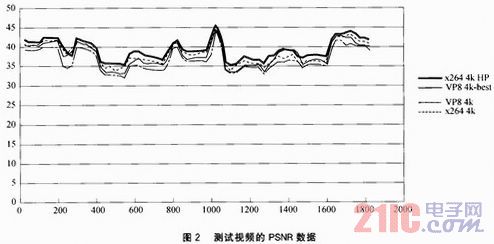
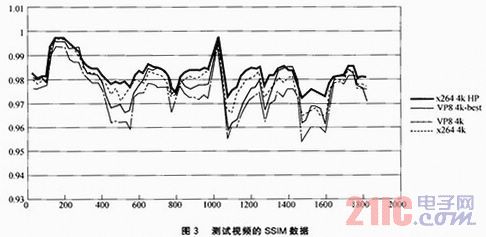
Through software test comparison analysis, VP8 encoded video quality and X. 264 is not much different, some scenes are high quality coded X. The 264 image is slightly better than the VP8 encoding, but the VP8 encoded video size is slightly smaller than X. 264. VP8 encoding has just been open source, there is no mature codec, and it can't be developed with X. Compared with the 264 encoder, the above test results show that VP8 encoding has a lot of room for development.
3 New Webp format image and JPEG image comparison Webp is a new image format proposed by Google based on VP8 encoding to meet the increasing bandwidth requirements. Webp uses predictive coding techniques to predict the color values ​​of its neighboring blocks by the color of some of the blocks, and only records the difference between the two. Because in most cases the gap between the two is small, even zero, it greatly increases the compression ratio. Google wants to create an image format that is small in size and has the same image quality as JPEG, and improves the speed of web page browsing while ensuring image quality.
The new technologies adopted by Webp are:
â—† Fancy's lifting sampling algorithm can effectively reduce the pixels of the color edges in the picture;
â—† Different forms of compression in different areas of the same picture, achieving the best balance between picture quality and picture size;
â—† Predictive coding technique, predicting the color value of its neighboring blocks by the color of some pixel blocks, and recording only the difference between the two, increasing the compression ratio.
3.1 Test pictures with MATLAB program of PSNR and SSIM In order to compare and analyze the strength of Webp and JPEG in image compression and restoration, a MATLAB program for calculating PSNR and SSIM is written.
The MATLAB code for PSNR is as follows: 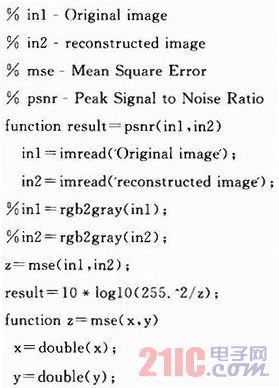

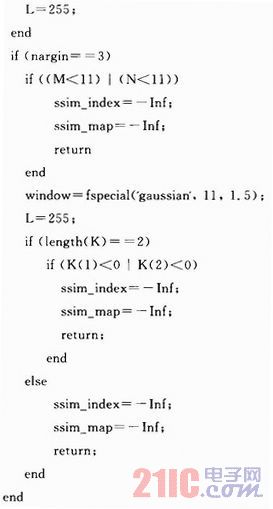
The test uses a PNG image with a picture of 800×600 pixels, which is converted into Webp (which needs to be installed by WebpCodec) and a JPEG display as shown in Figure 4. The test data pairs are listed in Table 1 by MATLAB calculation.


It can be seen from the analysis that JPEG has a slightly better image compression quality than Webp, but the loss of Webp in image quality is greatly improved by the compression ratio. With the high compression FFmpeg encoding, although a very high compression ratio is obtained, the image quality loss is severe.
3.2 Verify compression and compression quality after image format conversion FFmpeg is an open source free cross-platform video and audio streaming and image encoding solution that provides a complete solution for recording, converting and streaming audio and video. It contains a very advanced audio/video codec library libavcodec. Libwebp is a codec written by Google Inc. that converts other formatted images into Webp format. The test picture is 800x 600
PNG image of the pixel, use FFmpeg and Libwebp conversion tool to input the following format conversion command in DOS environment:
Ffmpeg-i myfile. Png-psnr-target out. Jpg
Cwebp. Exe-tool to encode an image file (e.g.JPEG or PNG) into WebP
The test PNG image can be converted into JPEG and Webp format, and the test result of the verified conversion tool is basically the same as the programming test result.
Conclusion Through research, it is found that the compression quality of Webp format images is slightly lower than that of JPEG format images, probably because there is no mature codec. However, on the basis of the loss of image quality, the compression ratio of Webp format images is greatly improved, which is superior to JPEG format. After testing and analysis, it is shown that the human eye can hardly distinguish the image quality loss of Webp format. Therefore, in the era of extremely tight bandwidth demand, Webp format has a good development prospect.
We are manufacturer of Solar Inverter in China,OEM and ODM are acceptable, if you want to buy Off Grid Hybrid Inverter,Solar Power Inverter, please contact us.
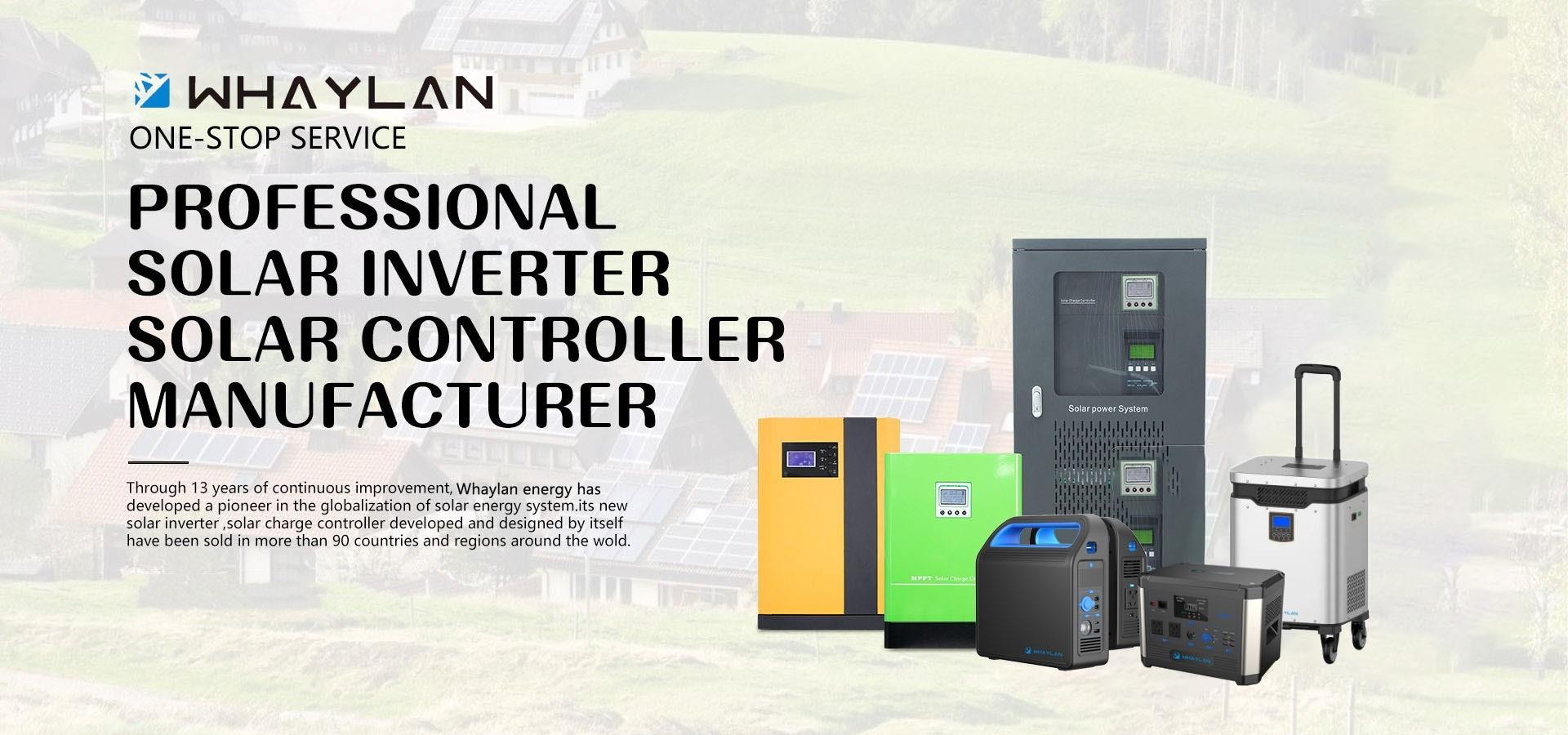
Solar Power Inverter,Solar Inverter,Hybrid Inverter,Solaredge Inverter,Solar Power Inverter
suzhou whaylan new energy technology co., ltd , https://www.whaylanenergy.com